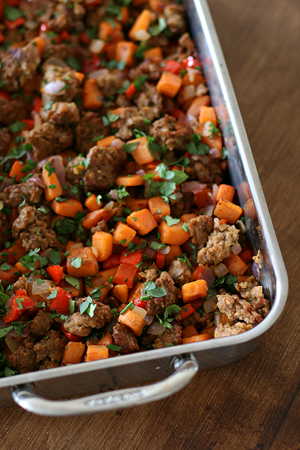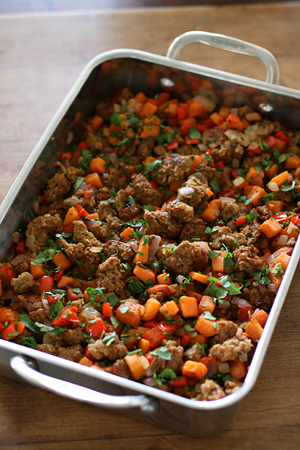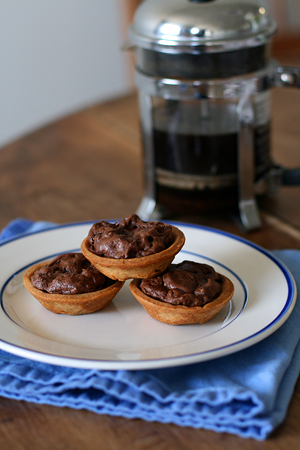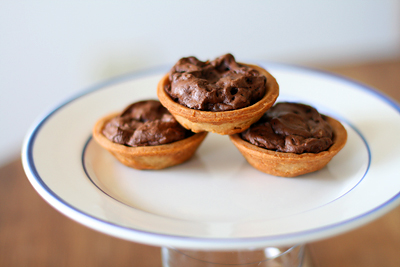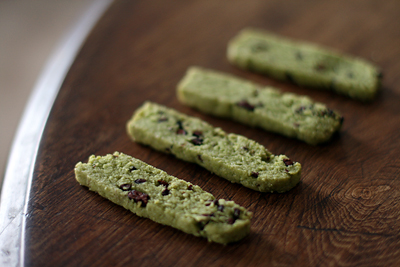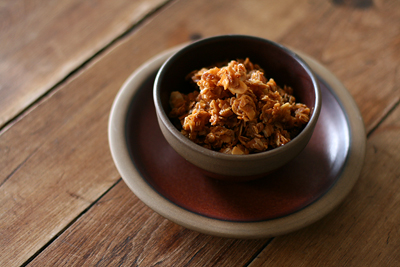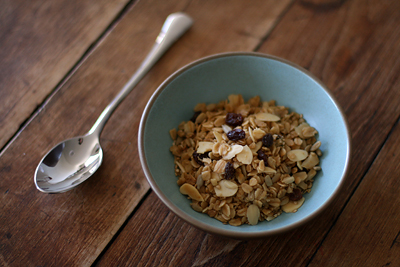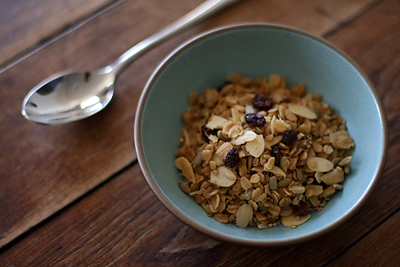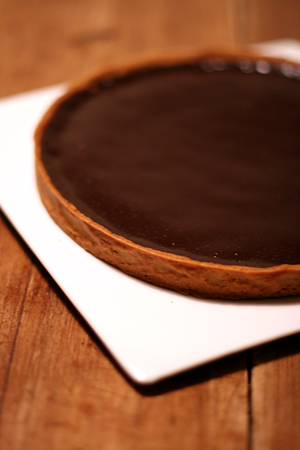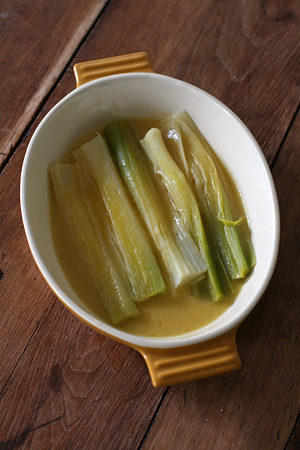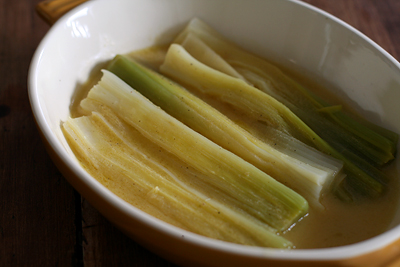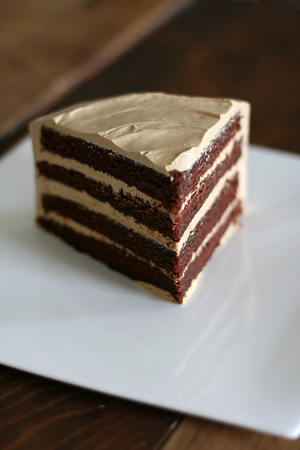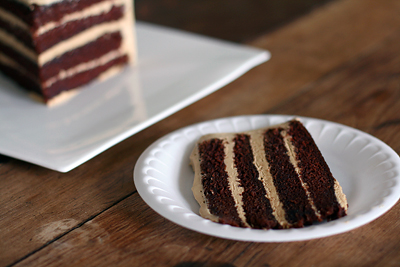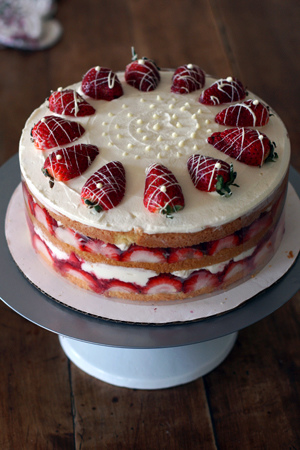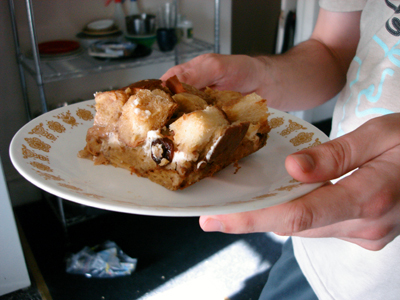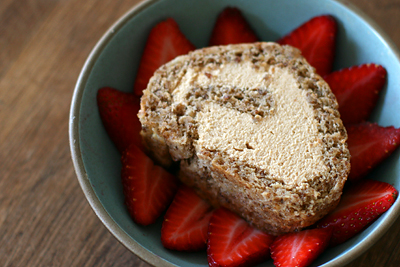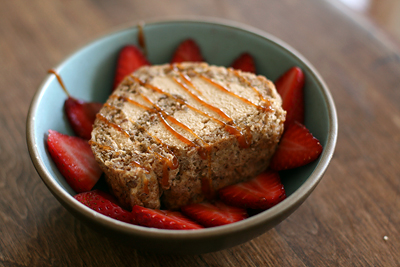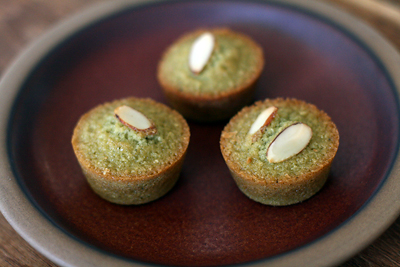
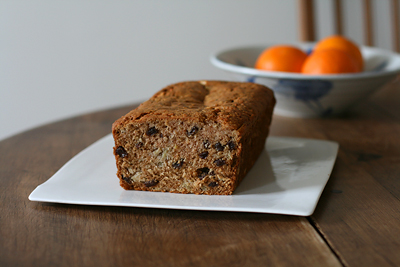
I own all of Sara Foster's cookbooks. I like that they have a variety of simple, fresh-tasting recipes. I made this Apple Rum Raisin Bread to go along with sunday's brunch. The original recipe is doubled, and calls for a combination of raisins and currants.
This isn't my favorite quick bread yesterday, but it was an interesting change. I like rum in baking, and the homey flavor of cinnamon, cardamom, and apples. I think this loaf is best on the second day; it's a little difficult to slice neatly when it's fresh from the oven.
Apple Rum Raisin Bread
adapted from Sara Foster's The Foster's Market Cookbook
makes one 9x5 inch loaf
2 cups all-purpose flour
1/2 tbsp baking powder
1 tsp baking soda
1 tsp ground cinnmon
1/2 tsp ground cardamom
1/4 tsp salt
1 cup sugar
2 large eggs
1/2 cup + 2 tbsp canola or safflower oil
6 tbsp dark rum
1/2 tbsp pure vanilla extract
2 granny smith or other tart aples, peeled, cored, and roughly chopped
1 cup raisins
1. Preheat the oven to 350F
2. Grease and lightly flour one 9x5 inch loaf pan and set aside.
3. Sift together the flour, baking powder, baking soda, cinnamon, cardamom, and salt in a large bowl and stir to mix.
4. Cream together the sugar, eggs, oil, rum, and vanilla in a separate bowl with an electric mixer.
5. Add the flour mixture to the egg mixture and stir just until the dry ingredients are moist and blended. Do not overmix.
6. Put the apples in the bowl of a food processor fitted with the metal blade and pulse several times; you should have about 2 cups processed apples. Add the apples and raisins to the batter and mix until just blended. Pour the batter evenly into the prepared pan.
7. Bake 1-1 1/4 hours, until the bread has risen, the top is slightly cracked, and a toothpick inserted in the center comes out clean (note: this is a very dense, moist loaf.)
8. Let rest for 10-15 minutes before removing from the pan. Serve warm or place on a baking tray to cool.
